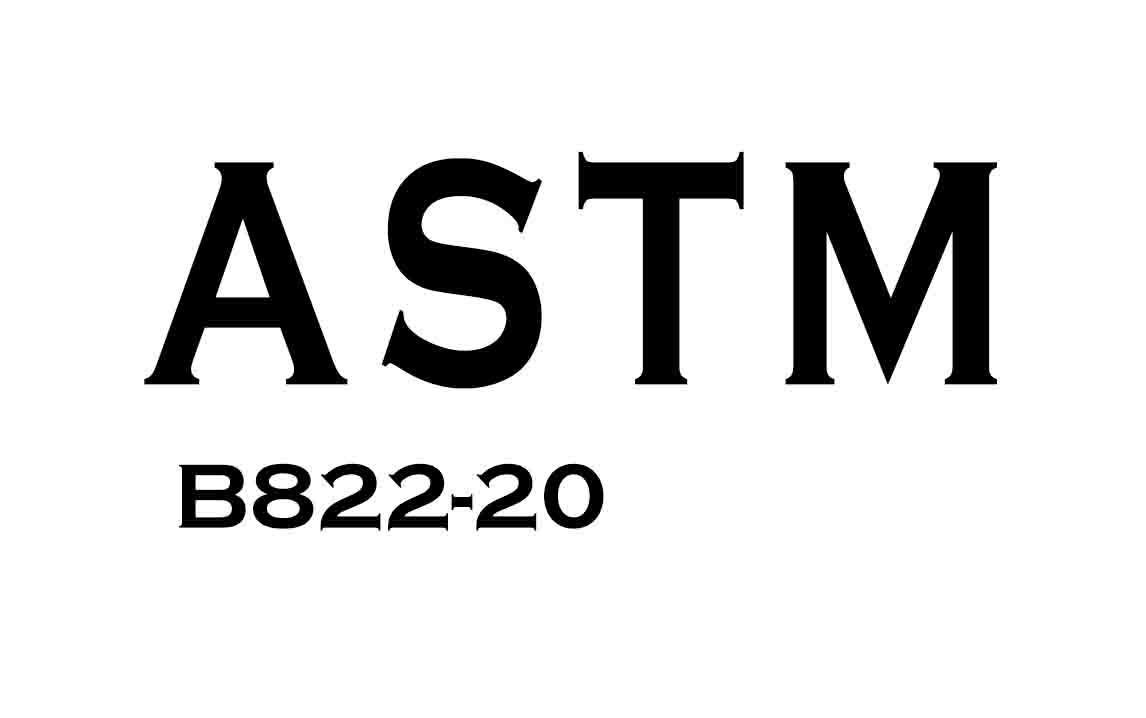
testing standards
-
ISO 9277:2010 Determination of the specific surface area of solids by gas adsorption - BET method
ISO 9277:2010 specifies the determination of the overall specific external and internal surface area of disperse (e.g. nano-powders) or porous solids by measuring the amount of physically adsorbed gas according to the Brunauer, Emmett and Teller (BET) method. It takes account of the International Union for Pure and Applied Chemistry (IUPAC) recommendations of 1984 and 1994.
-
ISO 13320:2020 Particle size analysis Laser diffraction methods
This document provides guidance on instrument qualification and size distribution measurement of particles in many two-phase systems through the analysis of their light-scattering properties. It is applicable to particle sizes ranging from approximately 0,1 µm to 3 mm.
-
ASTM D3663-20 Standard Test Method for Surface Area of Catalysts and Catalyst Carriers
This test method establishes the standard procedure for determining the surface areas of catalyst and catalyst carriers that have Type II or IV nitrogen adsorption isotherms, and specified minimum area. A volumetric measuring system is used to obtain at least four data points which fit on the linear BET line.
-
ISO 22412:2017 Particle size analysis Dynamic light scattering (DLS)
Particle size analysis in the submicrometre size range is performed on a routine basis using the dynamic light scattering (DLS) method. The success of the technique is mainly based on the fact that it provides estimates of the average particle size and size distribution within a few minutes, and that user-friendly commercial instruments are available.
-
The true solid state density of a material is defined as the ratio of the mass to the volume occupied by that mass. Therefore, the contribution to the volume made by pores or internal voids and also interparticle voids (in the case of granulated or highly dispersed samples) shall be subtracted when calculating the true density.
-
This test method is used to measure the total and external surface area of carbon blacks based on multipoint nitrogen adsorption. The NSA measurement is based on the B.E.T. theory and it includes the total surface area, inclusive of micropores, pore diameters less than 2 nm (20 Å). The external surface area, based on the statistical thickness method (STSA), is defined as the specific surface area that is accessible to rubber
-
ISO 15901-3:2007 describes methods for the evaluation of the volume of micropores (pores of internal width less than 2 nm) and the specific surface area of microporous material by low-temperature adsorption of gases. These are comparative, non-destructive tests. The methods use physisorbing gases that can penetrate into the pores under investigation. The method is applicable to isotherms of type I, II, IV or VI of the IUPAC classification.
-
The method can be used for all types of coating powder, is simple to carry out, but requires more expensive instrumentation than is often used for density determinations. It is based on the determination of the volume of a weighed test portion by measuring the volume of the gas displaced. This is achieved by equalizing the pressure difference which arises due to the displacement of the gas.
-
The measurement of the permeability of a packed powder bed to a laminar gas flow is the basis of this document. The determination can be made either at constant pressure drop (steady-state flow) or at variable pressure drop (constant volume). This document deals only with determinations made under steady-state flow conditions.
-
The ISO 13322 series is applicable to the analysis of images for the purpose of determining particle size distributions. The purpose of this document is to provide guidance for measuring and describing particle size distribution, using image analysis methods where particles are in motion.
-
ISO 15901-2:2006 describes a method for the evaluation of porosity and pore size distribution by gas adsorption. It is a comparative, rather than an absolute test. The method is limited to the determination of the quantity of a gas adsorbed per unit mass of sample at a controlled, constant temperature.
-
This test method covers the determination of the particle size distribution by light scattering, reported as volume percent, of particulate materials including metals and compounds, to analyses with both aqueous and nonaqueous dispersions, in the range of 0.4 to 2000 μm.
-
ASTM D6226-21 Standard Test Method for Open Cell Content of Rigid Cellular Plastics
This test method covers cellular plastics, which are composed of membranes or walls of polymer separating small cavities or cells. These cells may be interconnecting (open cell), non-connecting (closed cell), or any combination of these types.
-
This document specifies a method for determining the absolute particle density of fine ceramic powders or sintered parts using liquid pycnometry. NOTE Other pycnometer methods like gas pycnometers (e.g. helium pycnometer), where a gas is used as media, also exist.
-
ISO 11358-1:2022 Plastics Thermogravimetry (TG) of polymers Part 1: General principles
This document specifies general conditions for the analysis of polymers using thermogravimetric techniques. It is applicable to liquids or solids. Solid materials can be in the form of pellets, granules or powders. This document establishes methods for the investigation of physical effects and chemical reactions that are associated with changes of mass.
YOU MAY INTEREST
All Rights Reserved by Gold APP Instruments Corp. Ltd.
WeChat WhatsApp


GOLD APP INSTRUMENTS CORP. LTD.
HongKong Add: Flat Rm A17, Legend Tower, No. 7 Shing Yip Street, HK, China
Mainland Add: R1302, Baoli Tianyue, Shaowen Rd., Yanta Dist., Xi'an 710077, China
T: +86-182 0108 5158
E: sales@goldapp.com.cn



















